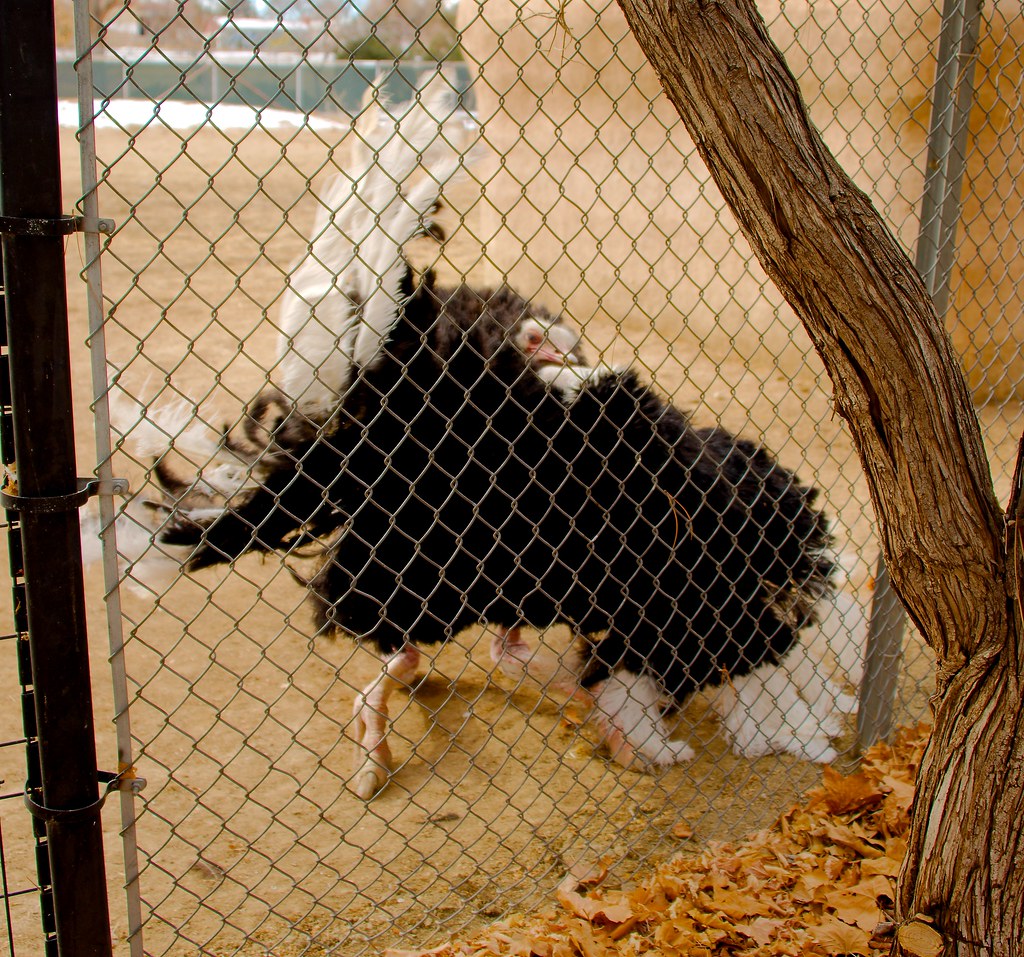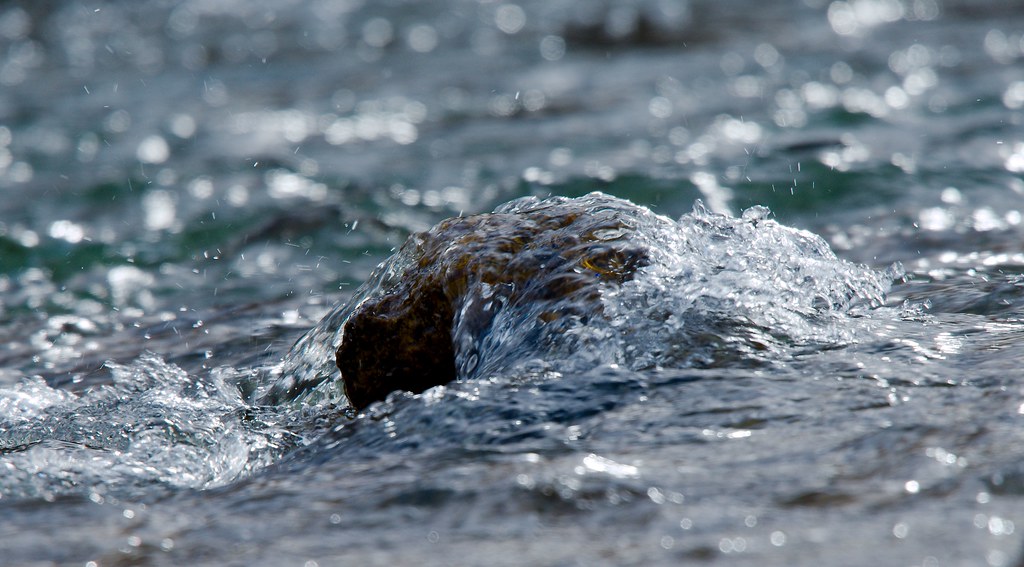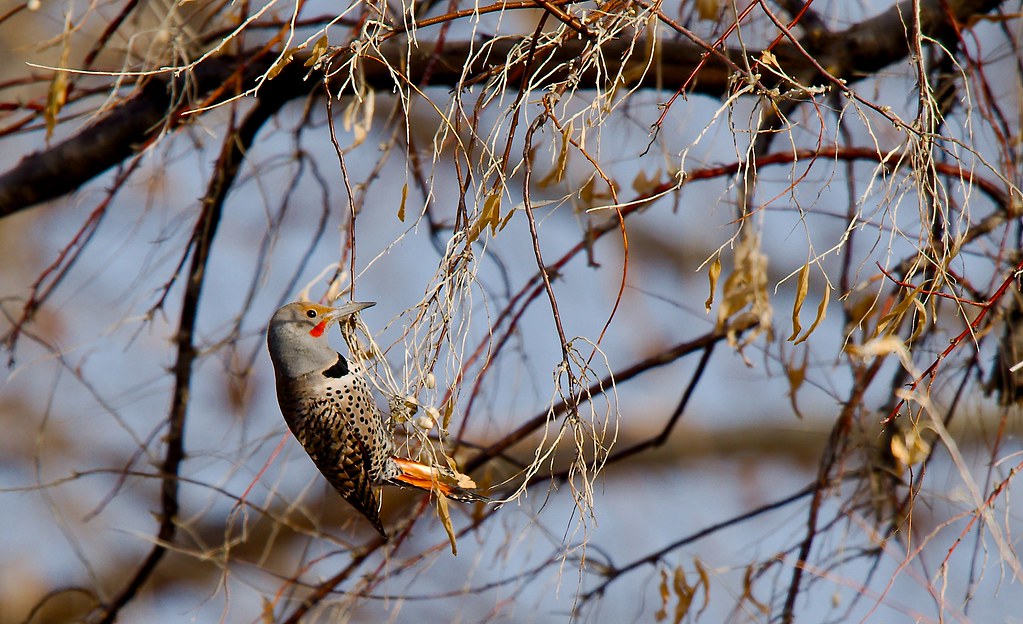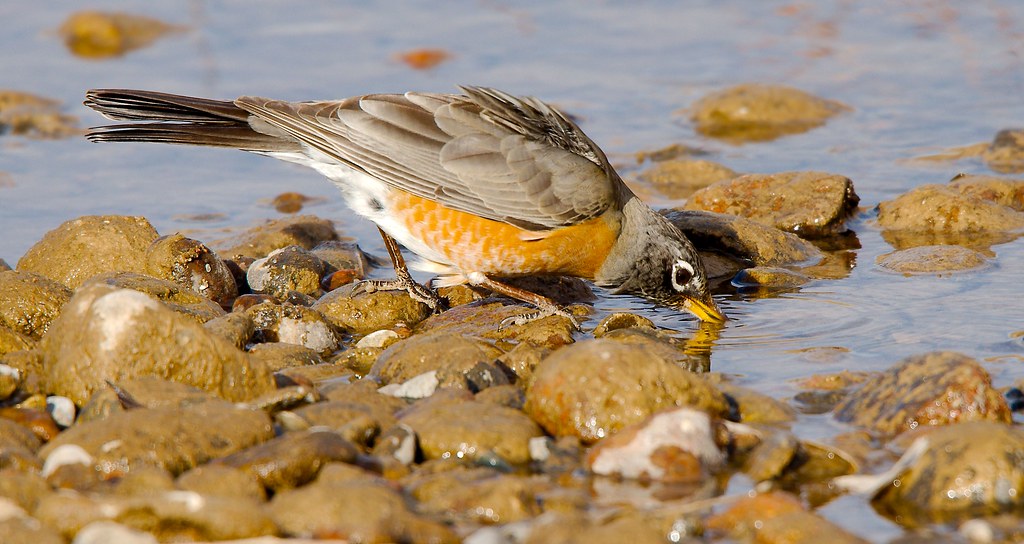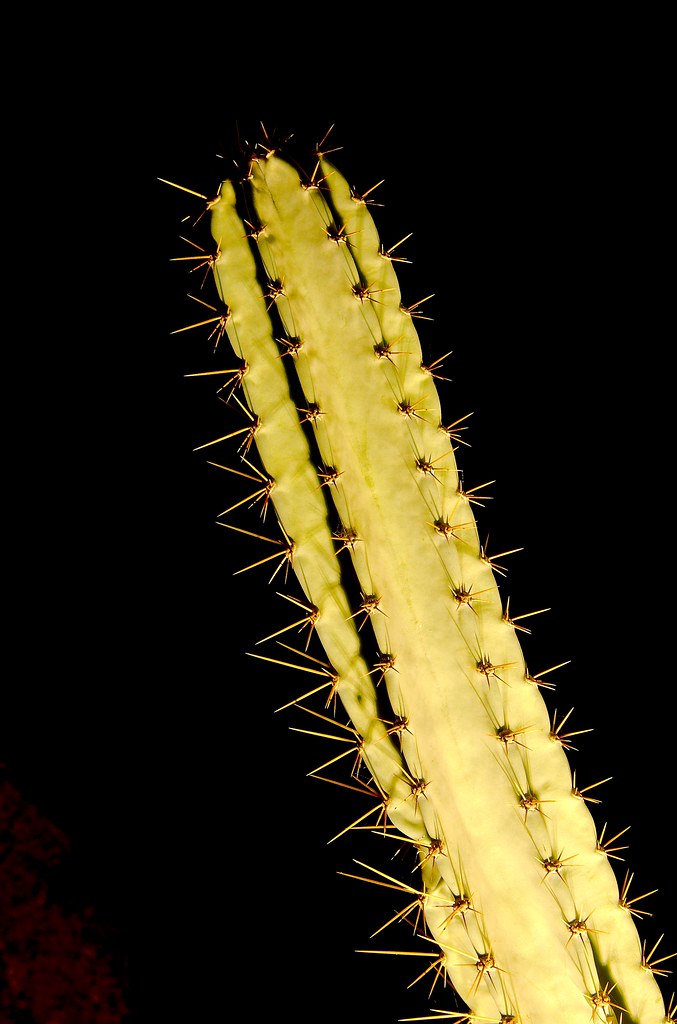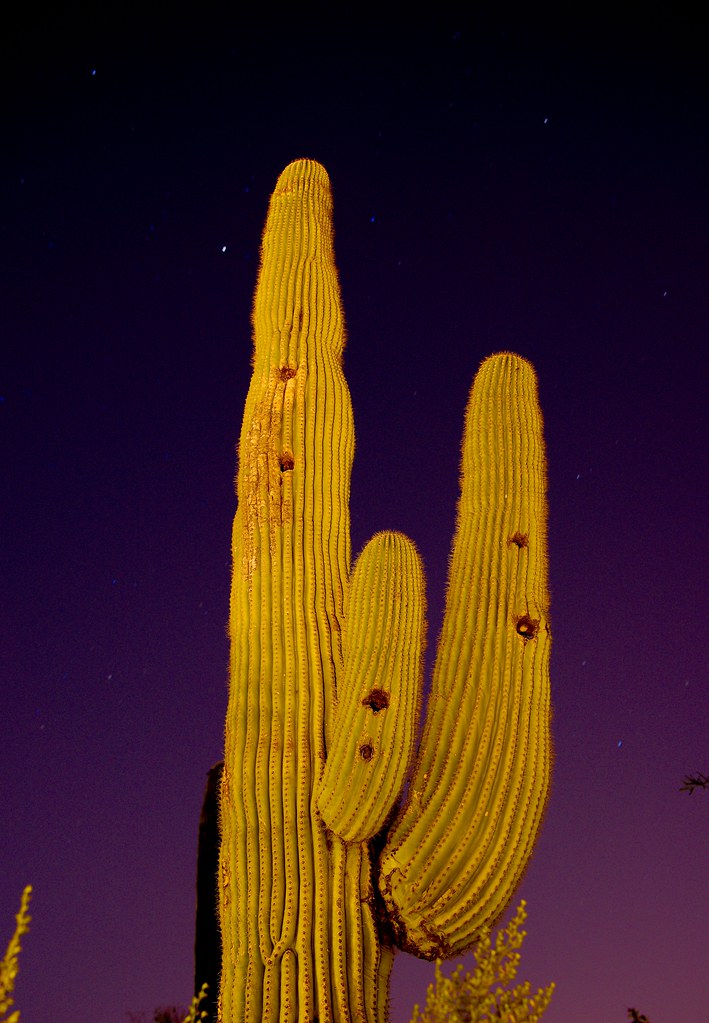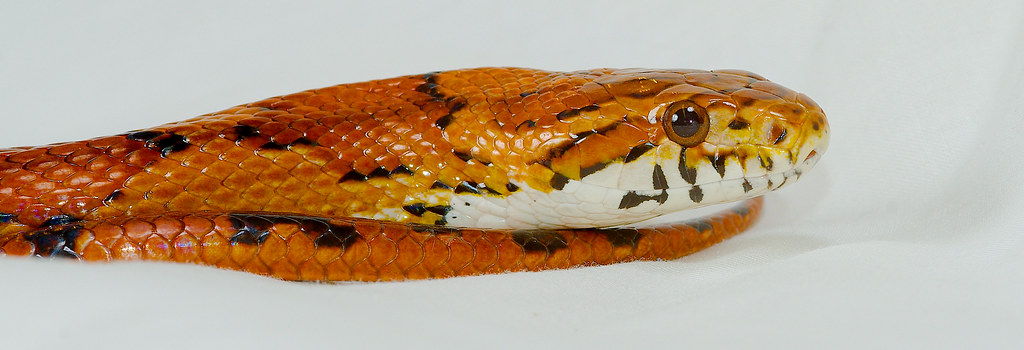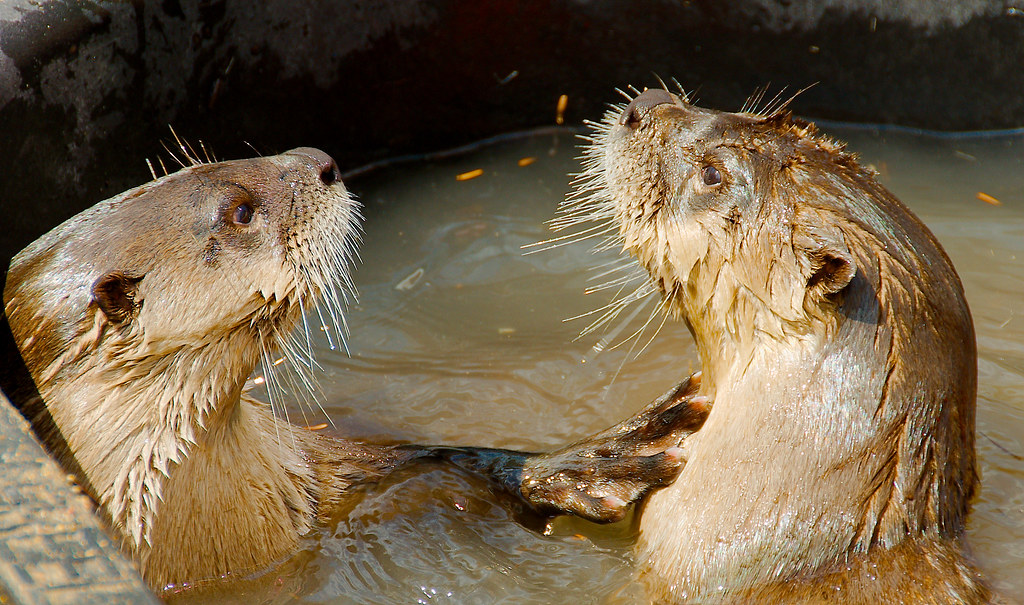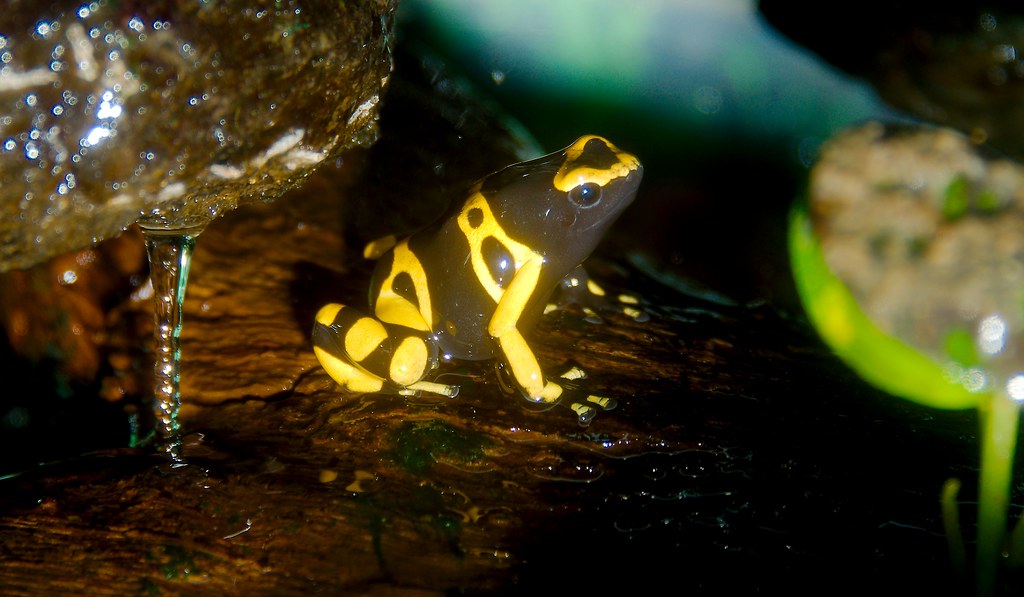
The skin of the dart frog exudes a form of poison. This is why it is unwise to drink the water when traveling in central America.
All posts by Josh More
Common Ostrich (Struthio camelus)
Sign
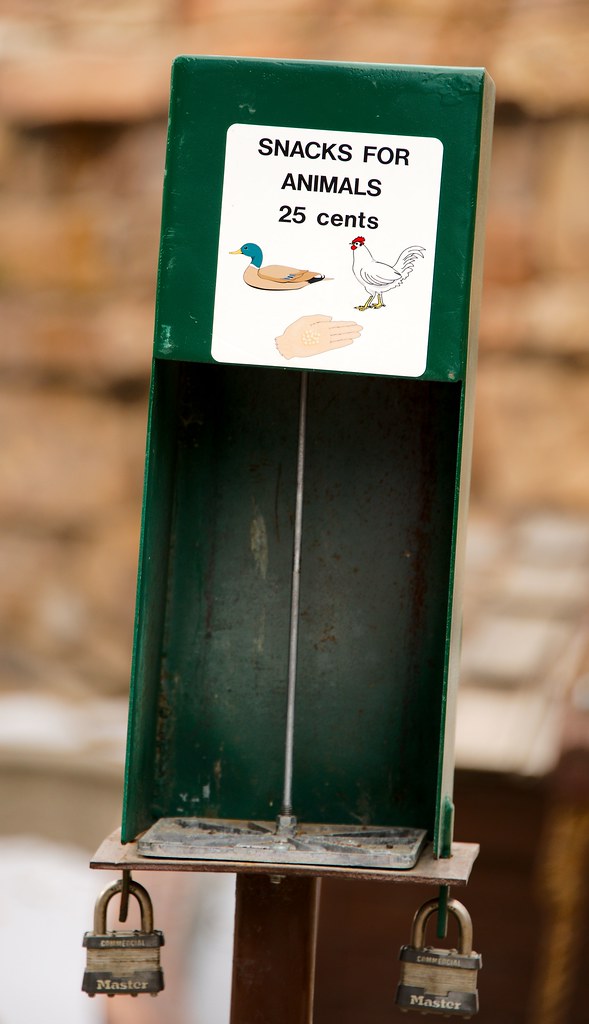
It’s always interesting what a sign can tell you, both from what it does and does not say. For example, the snacks here are intended for ducks, chickens, and left hands. Though the snacks cost but twenty-five cents, they are critical enough that they warrant two padlocks. Also, the snacks are invisible.
River
Golden Eagle (Aquila chrysaetos)
Rock
Gilded Flicker
Detection
Robin
Swainsons Hawk (Buteo swainsoni)

Once upon a time, Pueblo Colorado had a steel mill. That time was a while ago and, as often happens, when the largest employer leaves, there’s not a lot left behind. Pueblo has a zoo, which I went there to see but the combination of reduced revenues and the onset of winter meant that many of the animals were off exhibit or no longer there. So instead of spending my day at the zoo as I had planned, I popped next door to their raptor center. The center does rescue work and most of the birds there either couldn’t fly or couldn’t take care of themselves so they’re kept in fairly large enclosures. Some of the photos turned out. A lot didn’t. However, as I taking the photos, one of the rescue workers came out and offered to bring a bird out for me to see close up.
I picked the Swainsons Hawk because I’d never seen one close up.
As is often the case, I picked the most cantankerous creature there, who was hard to catch and spent a lot of time trying to eat my new friend’s fingers. However, every once in a while, the lighting landed at the right time and shots like this came out.
Cactus
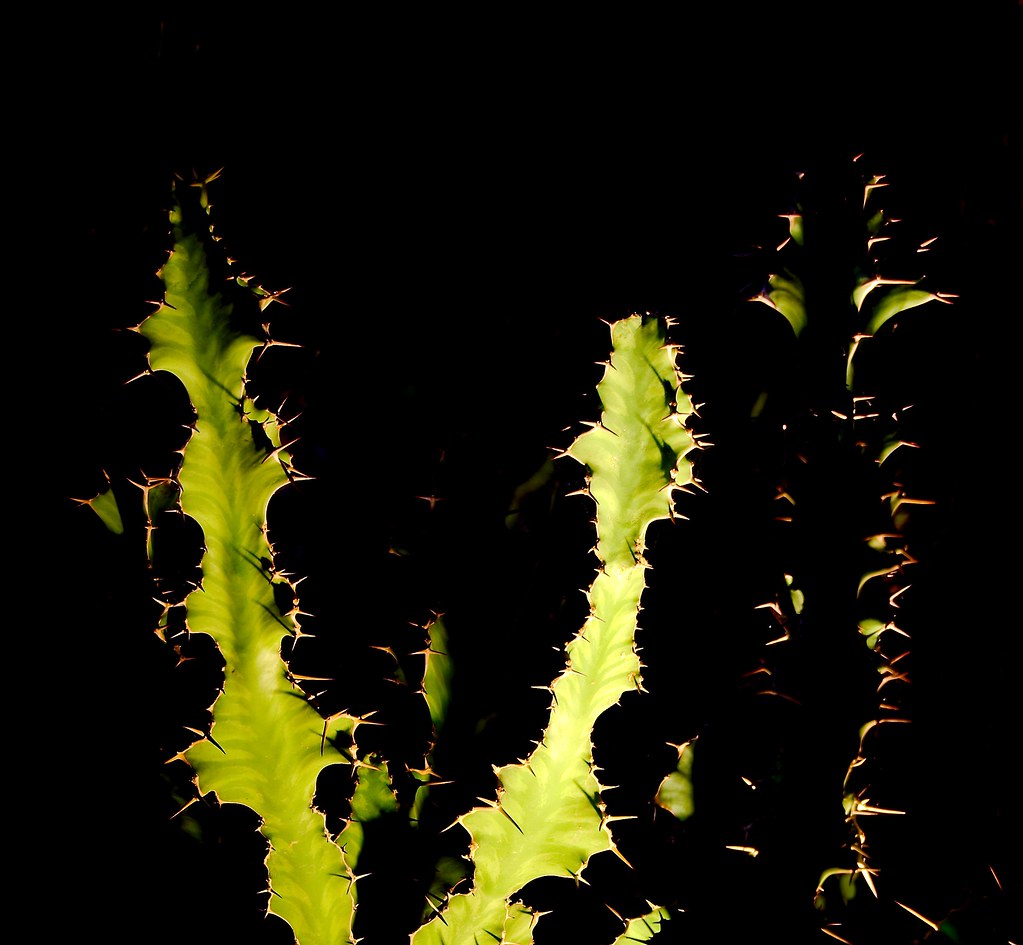
The second invasion was more successful. Instead of blinding the humans, they came at night, armed and armored. Those that ran, tripped and were skewered. Those that fought, fell beneath the onslaught of spines and ever marching roots. The bullets did not stop them, flesh healing over into hardened knots, protecting them againt further violation. They were impervious to drought, to heat. And, as the humans made their planet ever warmer, eventually the next generation of triffids ruled over all.
Cactus
Sign
Cactus
Ball Python (Python regius)
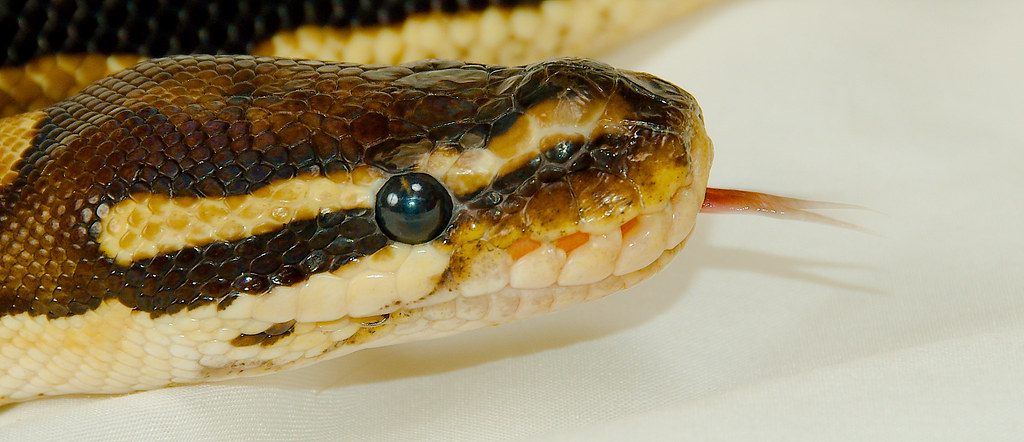
It is said that kappa range from the mischievous to the downright evil. They play pranks and murder people, depending on their whim at the time. Their one weakness is a bowl that they keep on (or, in some legends, in) their heads. In this bowl, they store water, which is necessary for movement and life. Should you encounter one, the best method of defense is to be exceedingly polite and exchange a series of bows. Eventually, the kappa will bow low enough that their water spills out and they become frozen in place. At this point you may flee or, if you wish, refill the bowl from a nearby stream, after which the kappa will become your servant.
Over the years, kappa have shed their legs, evolving to protect themselves against the bowing attack. Modern day kappa no longer have the ability to bow and view excessive politeness negatively as it is quite rude to expect them to bow when they cannot. They are, however, still vulnerable to dehydration, as shown here.
Bird
Red Cornsnake (Pantherophis guttatus)
American Kestrel (Falco sparverius)

This is the eye of the American kestrel. According to numerous reports, this eye is capable of seeing an insect that is only 2mm long from the top of an 18m tree.
This being the Internet, however, it is uncertain as to how accurate this figure is, so I went digging for experimental detail. I was unable to find this particular one. However, there is a study by Matthew F. Gaffney and William Hodos in which they anesthetized a kestrel and poked stuff in its eyes. (More scientifically accurate detail here : http://www.sciencedirect.com/science/article/pii/S0042698903003043 ), in which they found that there is (potential) conspiracy behind avian vision acuity studies, and data does not always match the reality we live in. This (possibly) represents a scam in which bird scientists bilk the public out of hundreds of dollars to further promote their own research. It’s a travesty (maybe) and we should (perhaps) do something about it.
Alternatively, maybe different birds just have different eyes.
